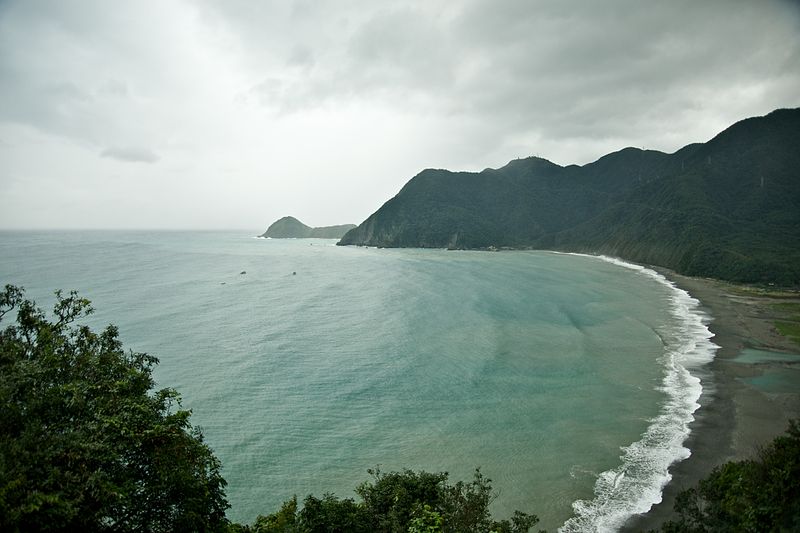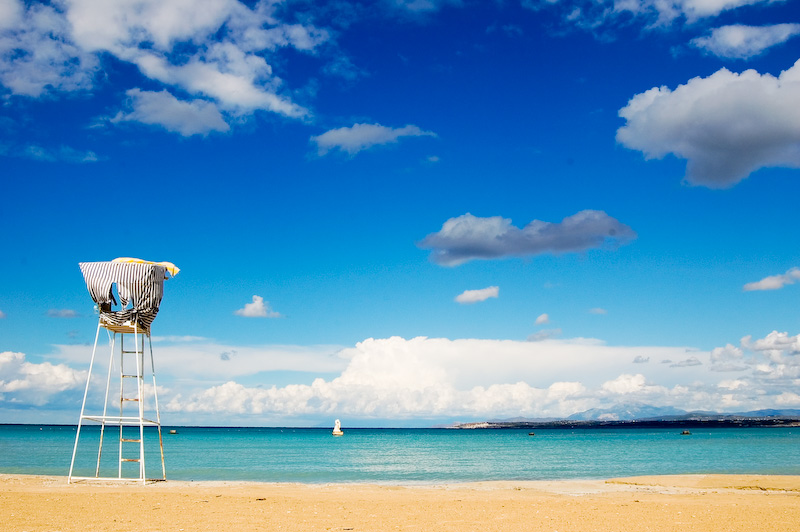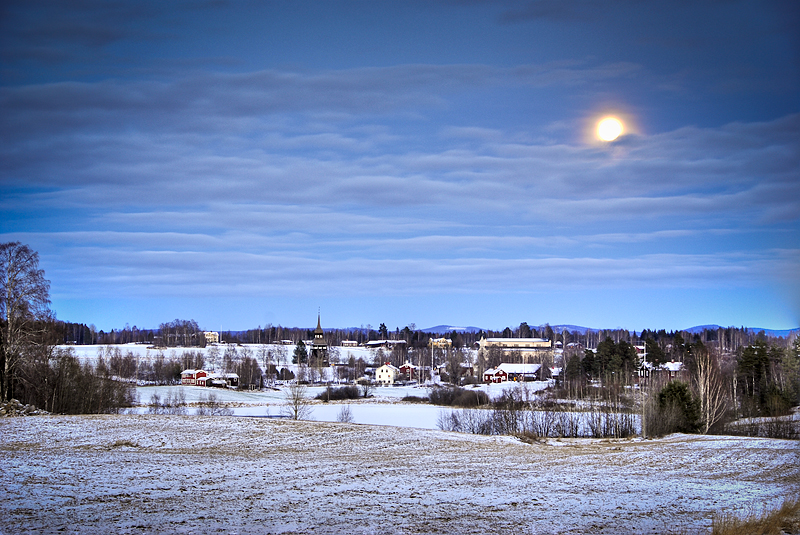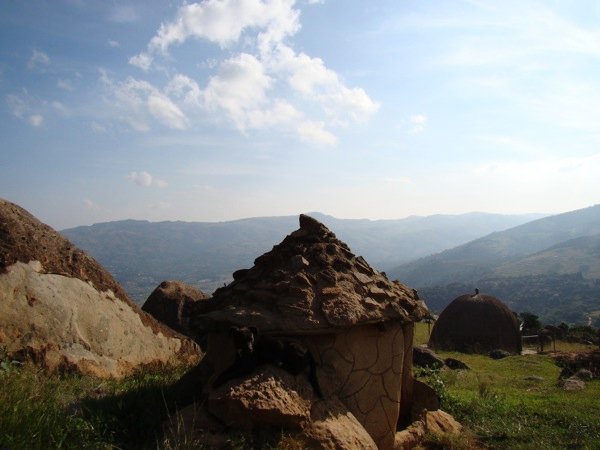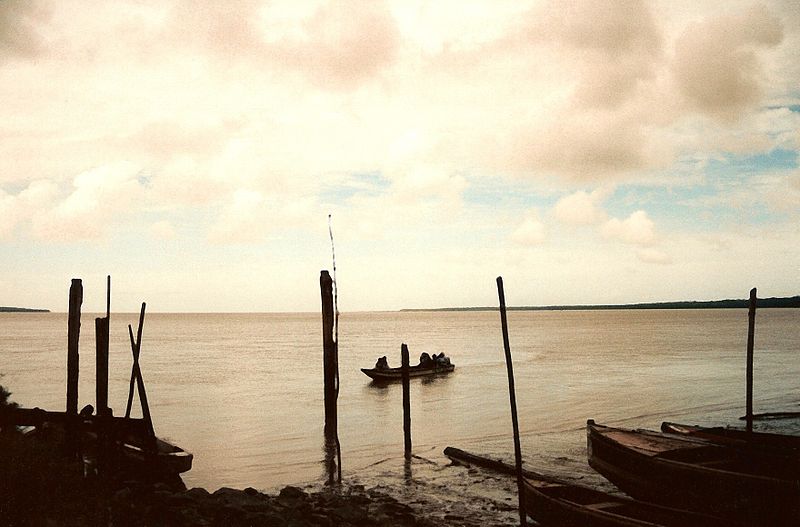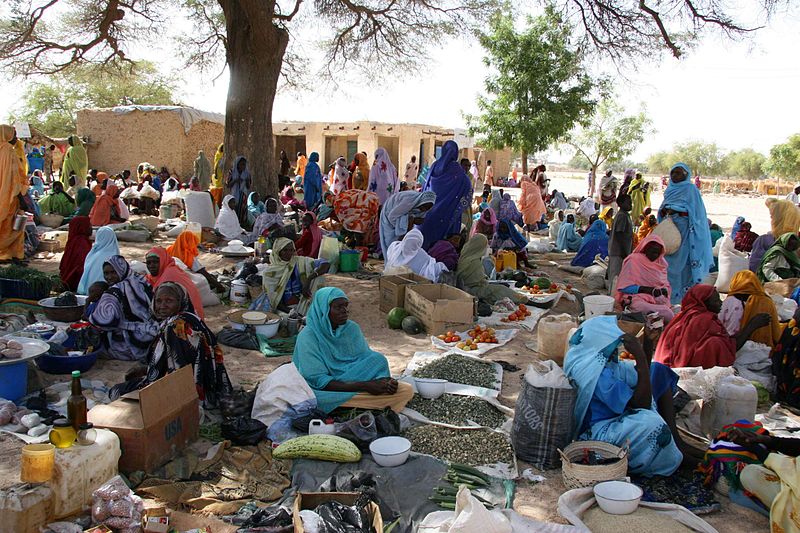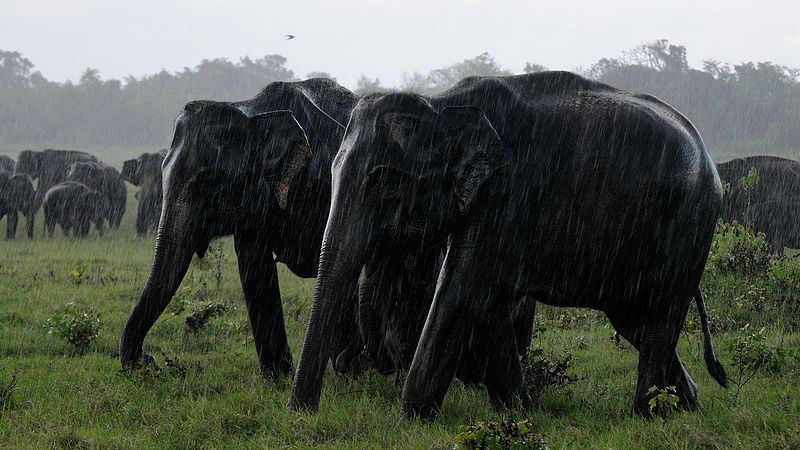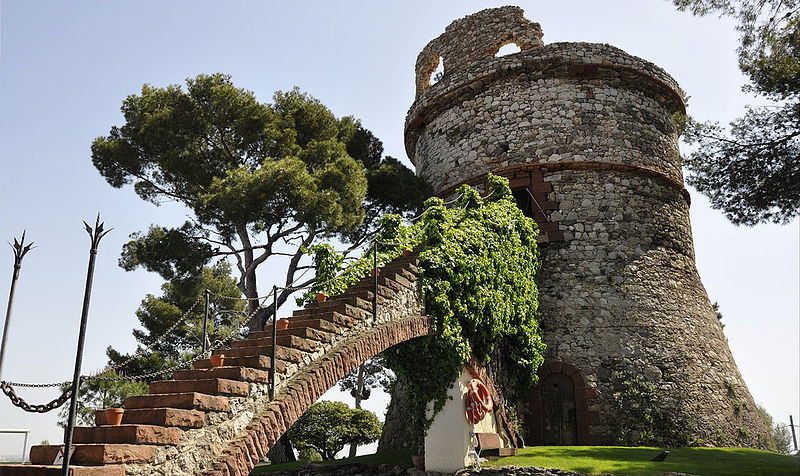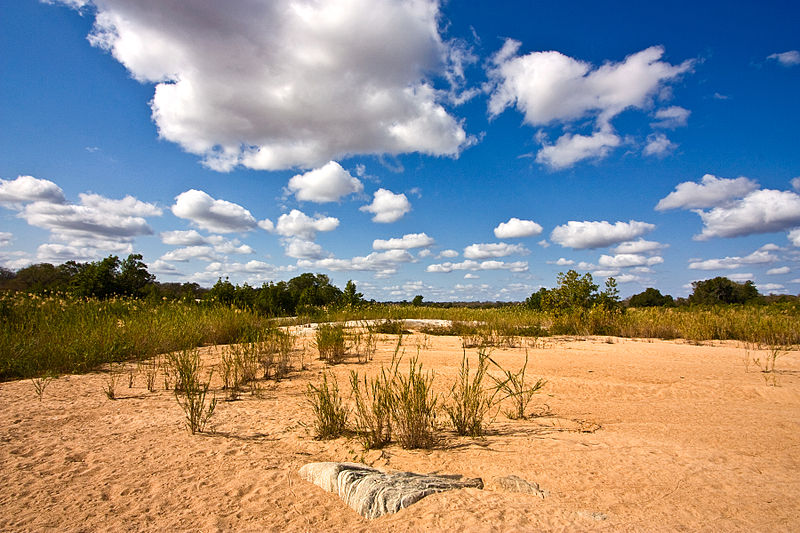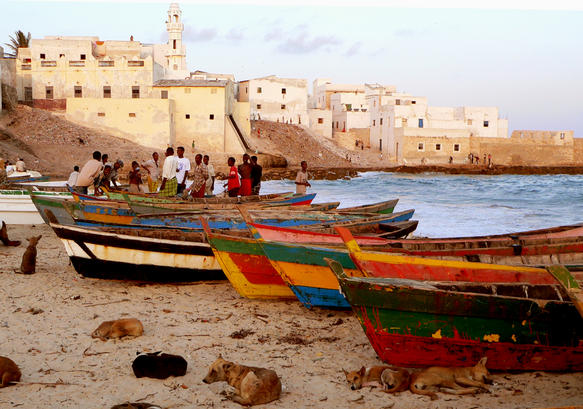About the food of Taiwan
Feeling overcast? You just might love Taiwan. This tropical island east of China is a mountainous land, where you’ll find clouds and the whipping rains common with monsoons. This week we explore the food that dots along the 13,902 square miles of this small nation. But don’t get the wrong idea; just because she’s small (about the size of Massachusetts), doesn’t mean the people are few and far between. The opposite is true, in fact. There are 1,600 people per square mile which makes Taiwan one of the most densely populated countries in the world. Personally, I’d love to climb to the top of Jade Mountain (the highest mountain in Asia), and look over the stunning (steaming?) beauty of Taiwan. Taiwanese food is a melting pot of various Chinese ethnicities, which is reflected in the food. There’s everything from hot pots (where meats and veggies are cooked at the table, then enjoyed with an array of sauces), to fried noodles and rice, and duck smoked over tea leaves. If you’re feeling a bit more Japanese, you’ll be …
Read More
